A simple guide to long-range fuel tanks




Thinking about a long-range fuel tank? This simple guide covers the basics you need to know before upgrading your vehicle.
As more people hit the road to some of this country’s most remote and amazing destinations, a major topic of discussion is the dreaded cost of fuel. Current prices can vary anywhere from minor cents per litre in towns to as much as a buck or two in far-flung locations.
These wildly varied and inflated prices are not necessarily stopping people from touring, though. They are just doing it with more careful planning and consideration to van sizes and weights. They are also thinking about how to achieve the best economy while on the road.
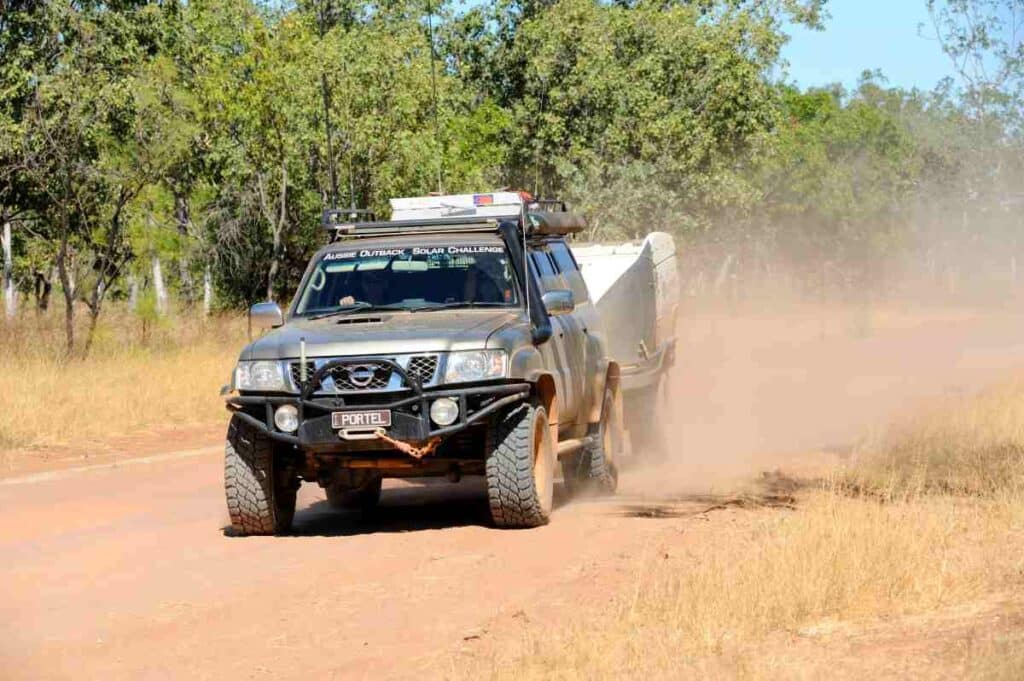
The first reason is obvious. Towing increases the fuel use of your vehicle dramatically, and it’s easy to come up short, especially when you are new to the art. If you’re one of those people who likes to drive with the fuel light on, well, you’ll possibly become acquainted with a fuel pump.
So the main reason for those people towing and requiring greater fuel range via a tank is two-fold. The first reason is that they can head off the beaten track. The second reason is to be able to go from outback town to town, even if it’s on the blacktop. They can be secure in the knowledge that they won’t run out of fuel in between. Plus, no jerry cans will be required to go the distance and take up precious cargo space.
In addition to the weight of the trailer sapping your fuel supply, weather conditions such as wind and off-road terrain and steep country will also increase your fuel use.
In traditional 4WD circles, long-range tanks are used to get in and out of remote country without the need to carry jerry cans on the vehicle.
In 1995, I travelled the Madigan line in a press fleet vehicle when it was one of the most remote destinations in Australia. I made up a frame to carry all the diesel and water I needed for the trip inside the car, plus a large fridge. Strapping 19 jerry cans into the back of that GQ wagon with the seats removed, I made it from Birdsville to Alice Springs with just a couple of litres left in the tank.
After that experience, I’ve had a long-range tank fitted to every four-wheel drive I’ve owned to avoid the need to carry jerry cans of fuel at all.
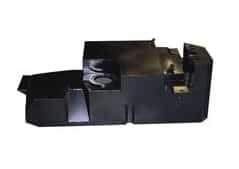
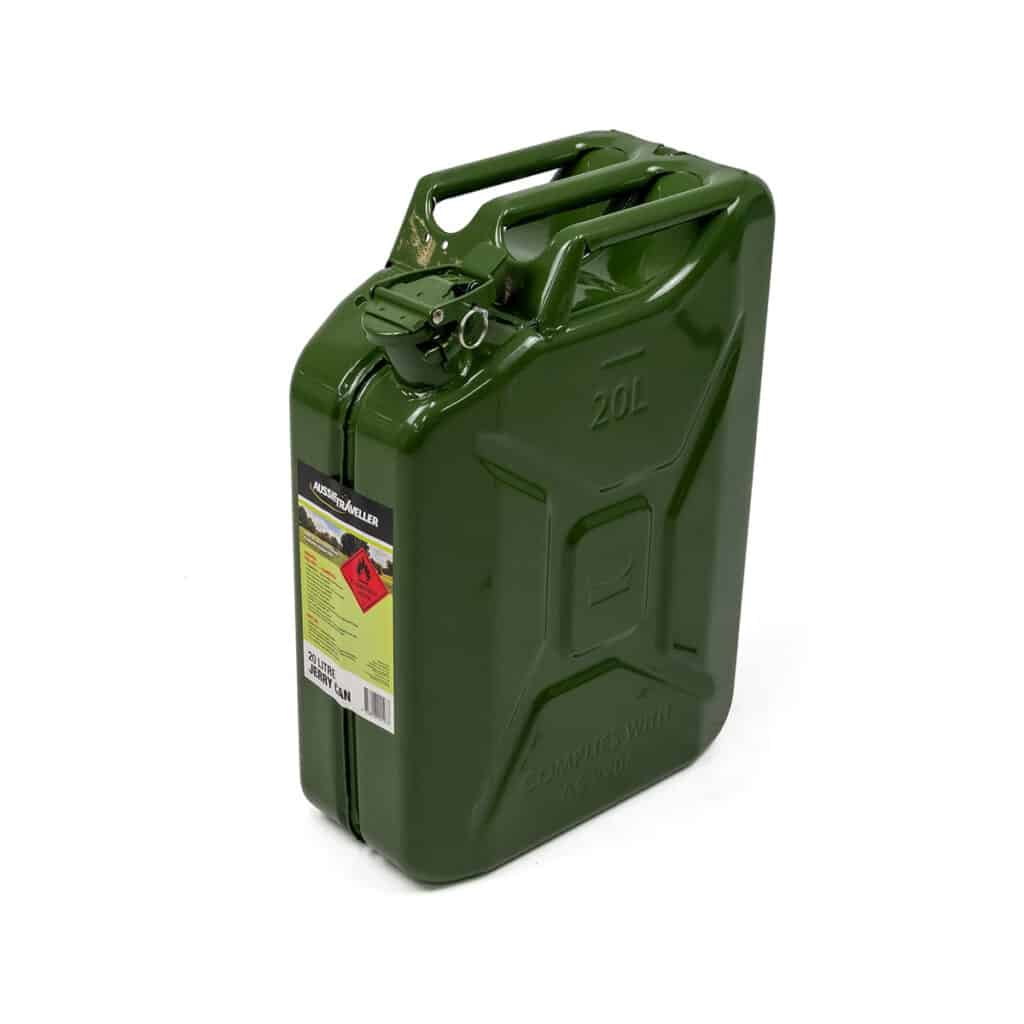
Firstly, jerry cans must comply with Australian Standards AS/NZS 2906:2001.
The containers must be approved for use with the specific fuel. Our inconsistent states have varying laws on how fuel can be carried in and around the vehicle. Although the limit is a seemingly uniform 250 litres. Check with your insurer before you embark on any trip to see if carrying fuel in this way affects your policy.
Simply put, a replacement tank is where the factory tank is removed and a new long range (bigger) fuel tank is fitted. Whereas an auxiliary tank is an extra tank that can be added to a vehicle to complement the factory tank. In some cases, a replacement and an auxiliary tank can be fitted to offer a massive gain in fuel capacity.
Remember, the more common a vehicle model, the more choices you will have in terms of what long-range fuel tanks are available to buy off the shelf. Also, custom-made products cost more.
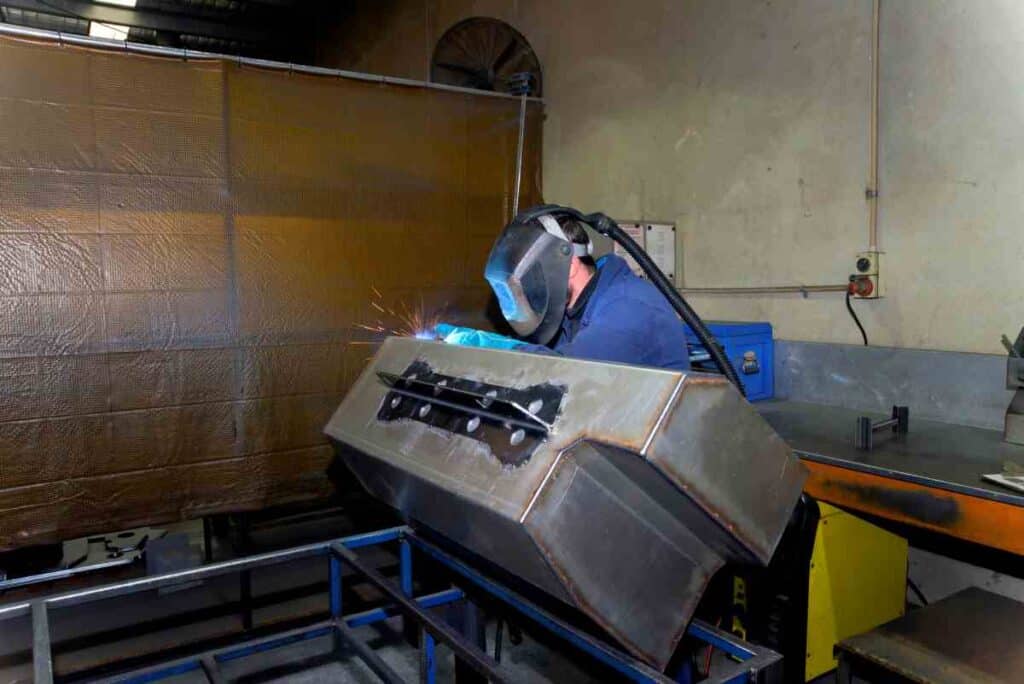
Essentially, there are two types of long-range fuel tanks on the market: traditional steel, which can carry diesel and petrol, and the more modern polyethylene/plastic tanks. It’s important to note that polyethylene/plastic tanks are suitable for diesel fuel. They are not rated to carry petrol.
Petrol is an explosive risk and deemed dangerous, whereas diesel is not. Rules govern the carriage of petrol inside a vehicle, especially considering the potential for vapour build-up.
Steel is heavier, too, and how much depends on the size of the tank. On the other hand, steel potentially will take more punishment before a problem occurs. Moulded tanks are vehicle-specific, so if other modifications are required on that vehicle, polyethylene/plastic tanks can’t be adapted to fit. Steel provides room for custom work to suit if needed.
Some polyethylene/plastic long-range fuel tanks don’t have a drain plug, whereas all steel tanks do. This is important if the wrong fuel or a dodgy batch of fuel is put in the tank.
Another point to note regarding the difference between long-range fuel tanks is that some polyethylene/plastic tanks don’t have baffles, whereas steel ones do. The baffles stop the fuel sloshing from side to side. This can potentially create problems with weight transference and upset the handling of the vehicle.
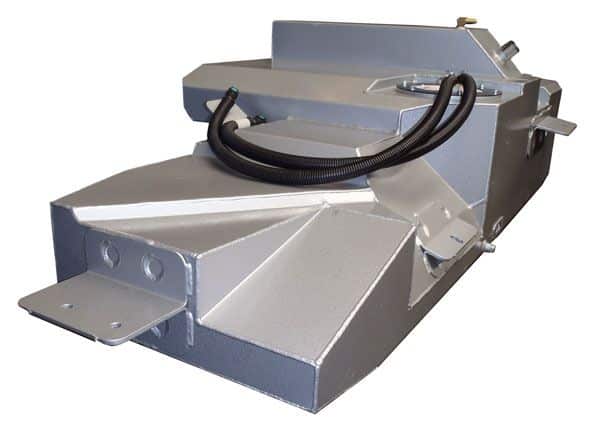
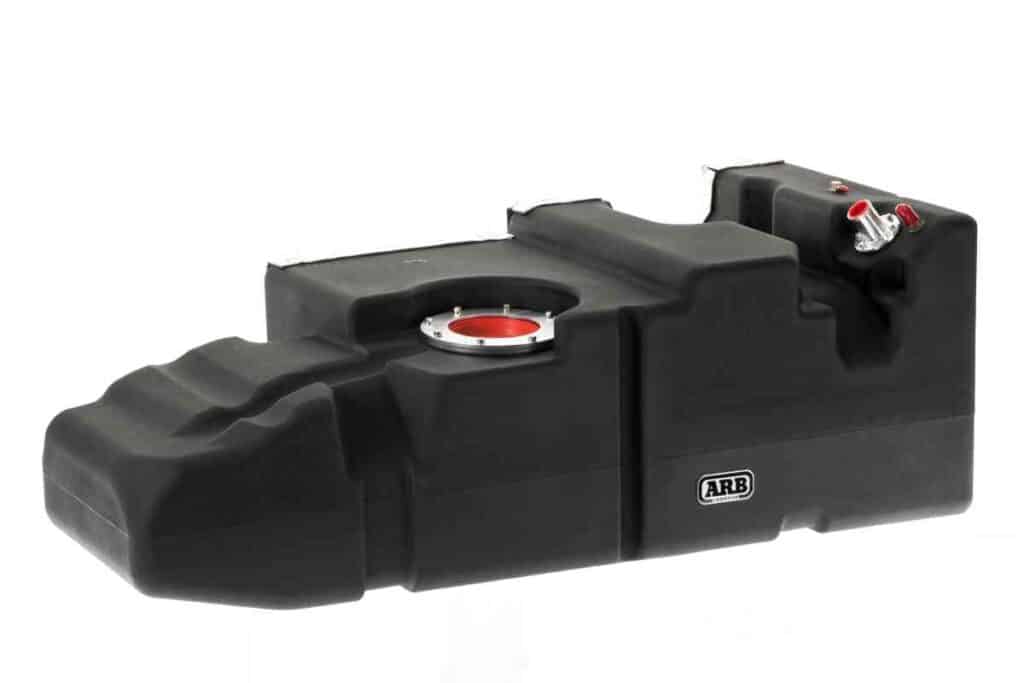
Installing a long-range fuel tank to a vehicle adds weight. This means the payload of that vehicle will be diminished. Understanding the GVM (Gross Vehicle Mass) of the vehicle is critical here. This is because it won’t change, although in some cases, a GVM upgrade could help.
Fast Fact:
1 litre of petrol weighs in at 0.78 kilograms
1 litre of diesel weighs in at 0.86 kilograms
For example, when changing the 45-litre sub-tank on a 200 Series diesel LandCruiser for the LRA 170-litre replacement sub-tank, you are removing 23kg of OE equipment. You are adding 48kg of new. This results in a net increase of 25kg. This means the 170-litre replacement tank would weigh an extra 132.5kg when full compared to the filled 45-litre factory sub-tank at 61.7kg.
If a person then also adds a bullbar, roof rack, storage system and more, there’s the real possibility of taking the car over its GVM. This would render it illegal and the insurance null and void. Of course, the heavier your tow vehicle is, the remainder allowed for your van within the Gross Combination Mass (GCM) is reduced, too.
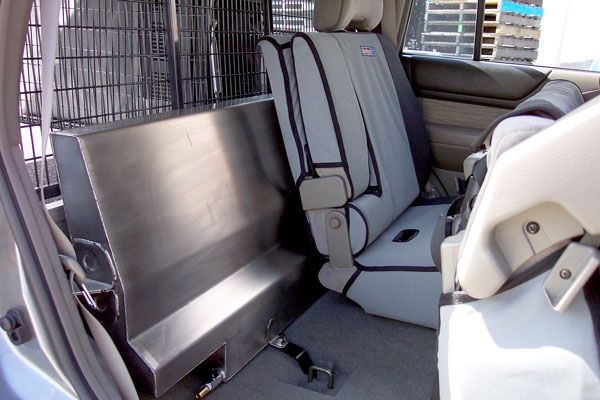
The main point to consider when a long-range fuel tank is being fitted is whether it will just bolt in where the factory tank did. Also, is there enough support to hold the tank in place over thousands of kilometres on rough roads, or will you need to rearrange the space and or mounts?
Pretty much all tanks on the market are vehicle-specific and come supplied with a proper mounting kit. However, it pays to ask the supplier the question regarding mounting to ensure it will work for you.
This article may contain affiliate links to products. We may receive a commission for purchases made through these links.